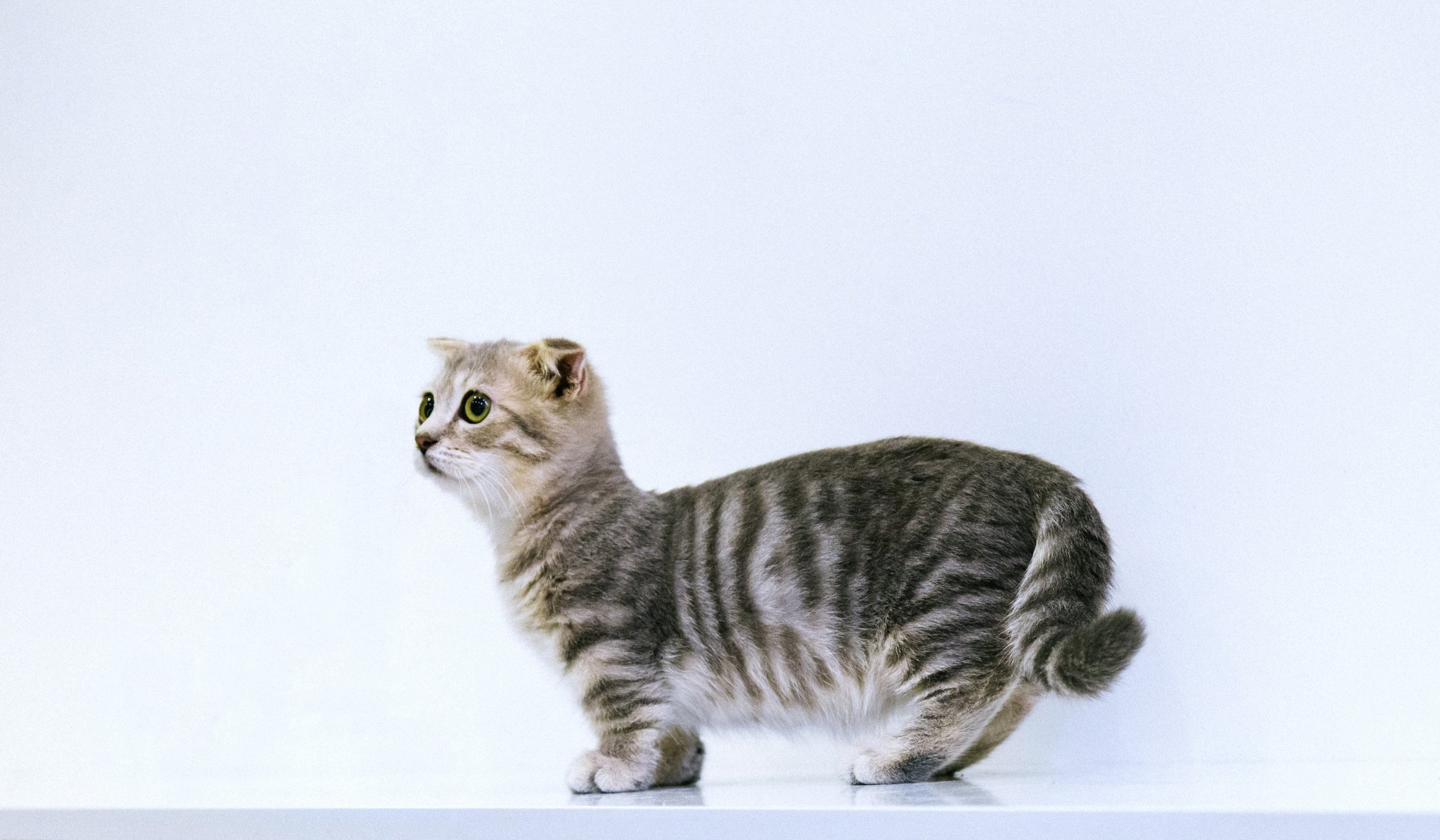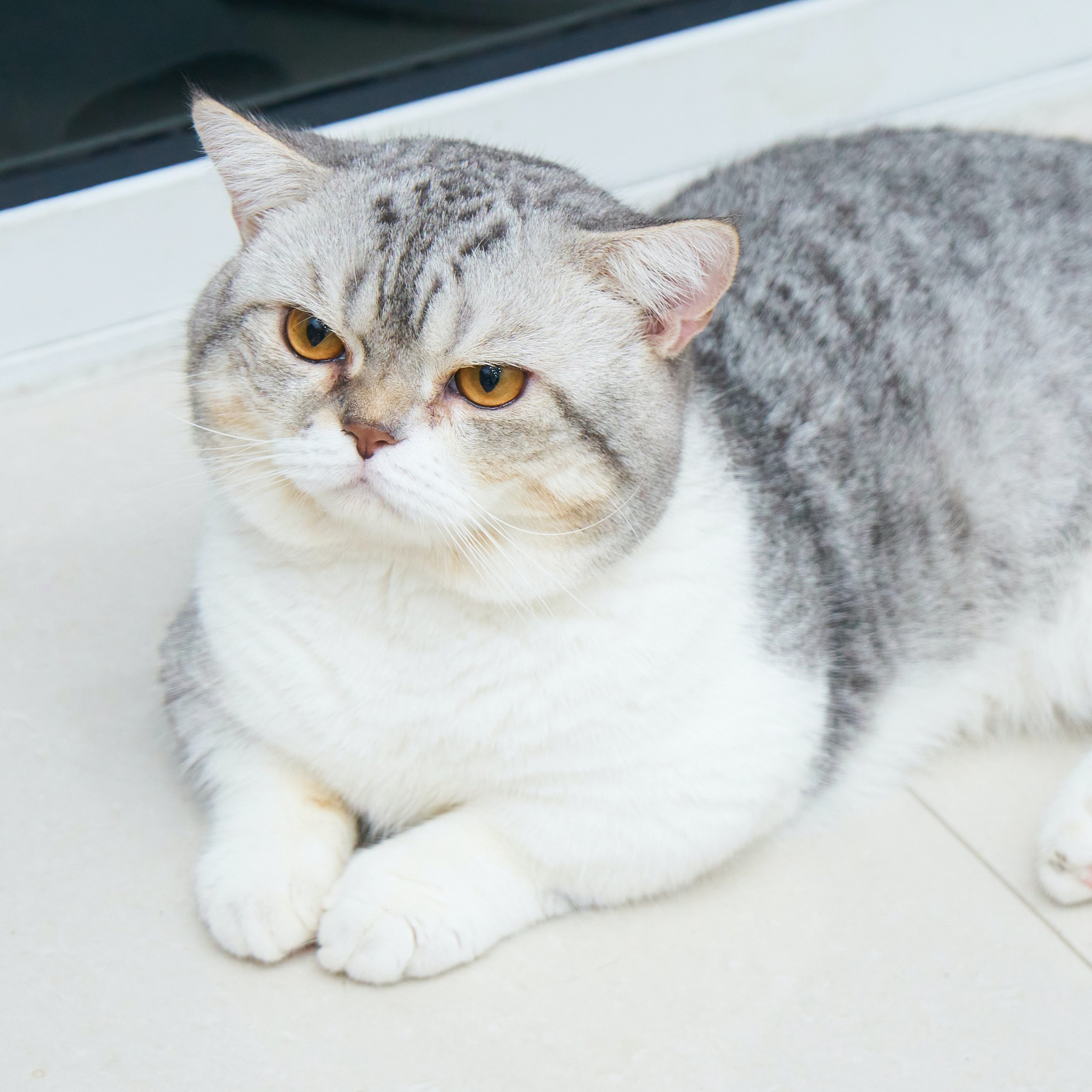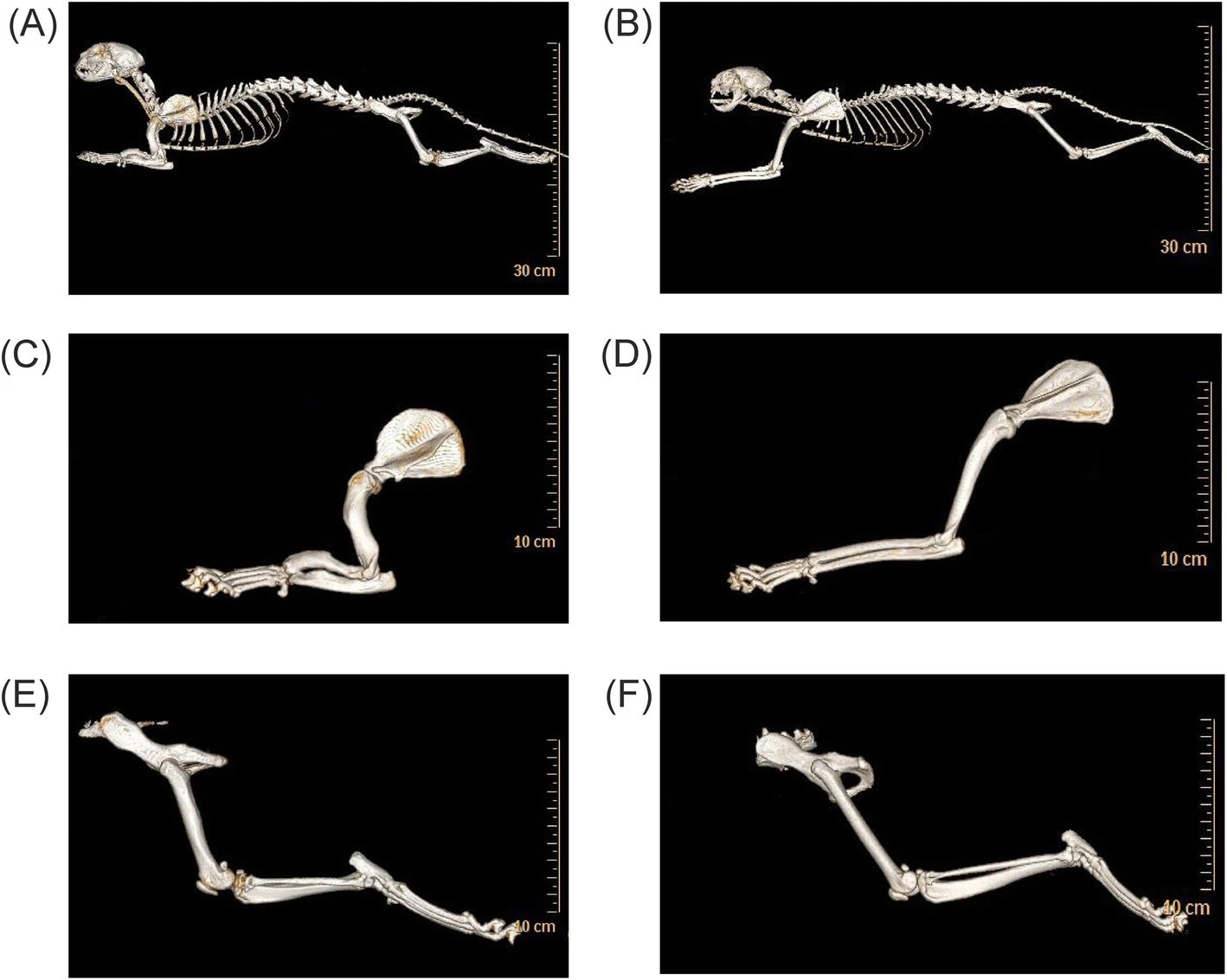Munchkin cat: do they suffer?
After talking about the health issues of brachycephalic cats, like the Persian, and Scottish Fold cats, we are going to talk about another controversial breed: Munchkin cats. Munchkin cats, also called dwarf cats, have a genetic mutation causing them to have short legs. In this article, we will discuss what we know about their genetic mutation, their health, and if this breed can be considered ethical.
The history of the breed
Reports of cats with short legs were already present in 1944. However, the history of the Munchkin breed is more recent. In 1983, Sandra Hockenedel found a pregnant female stray cat, Blackberry, with short legs in Louisiana. Half of her kittens also had short legs: the Munchkin breed was created by mating this female cat and one of her male kittens with domestic cats.
The breed was then recognized in 1994 by The International Cat Association (TICA).
So, Munchkin cats have a natural mutation that appeared spontaneously in domestic cats. This mutation has appeared also in other parts of the world and at different times, as reported by Messy Beast.
Nowadays, the Munchkin breed has been crossed with various other breeds to create new dwarf breeds. Examples of such breeds are the Minuet/Napoleon (a Munchkin/Persian cross), the Bambino (a Sphynx/Munchkin cross), the Scottish Kilt (a Scottish Fold/Munchkin cross), the Dwelf (Bambino/American Curl cross), …
Because the Munchkin and these derivative breeds are characterized by body deformity, many major cat fancy associations–such as the Féline International Féderation (Fifé), the Governing Council of the Cat Fancy in the UK (GCCF), or the Cat Fancier Association (CFA)--don’t recognize them. The genetic and health issues that will be discussed in this article also concern the various derivative breeds.
According to breeders, Munchkin cats can run and behave normally, with the exception that they can’t jump as high as a normal-legged cat.
a Scottish Kilt cat
The genetics
Munchkin cats have a form of disproportionate dwarfism, also called chondrodysplasias, as their legs are short but the rest of their body and their head is normal sized. This mutation prevents the bones from their limb to grow normally, hence their reduced size.
The gene of this mutation has recently been identified in 2020 and has been confirmed to be a dominant gene. In addition, because mating two Munchkin cats results in abnormally small litters and no cats have been tested as homozygous, it has been deduced that the homozygous version is lethal at an early embryonic stage.
The dominant allele is noted Mk for Munchkin cats and the recessive allele is mk for cats with normal limbs. It means that if the cat is Mk/mk (heterozygote) it will have short legs, while if it is mk/mk, it will have normal limbs. Mk/Mk (homozygote) embryos die in utero.
Here are some breeding tables to better understand the possible mattings:
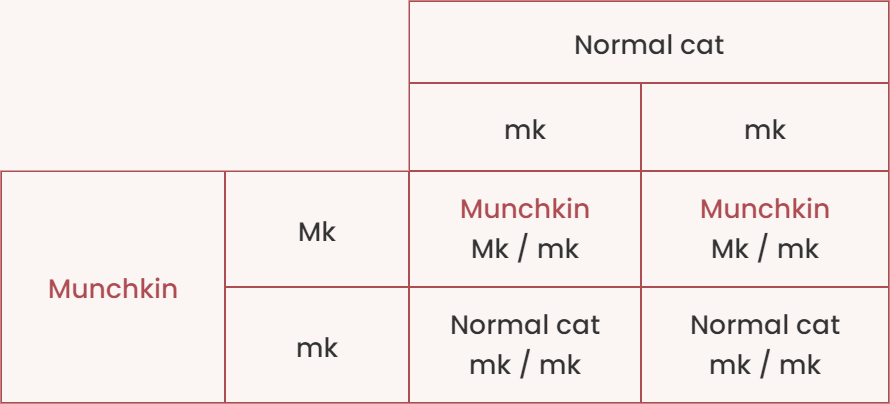
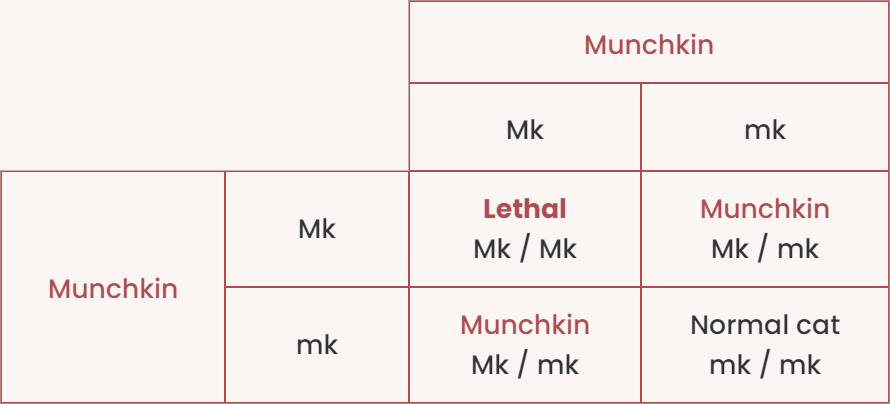
So, there can be kittens born with normal legs even if both parents or one parent is a Munchkin: in that case, they are generally called “non-standard” Munchkins, while the short-leg cats are “standard” Munchkins.
While the appearance of Munchkin cats is similar to the one of dwarf dog breeds such as Dachshunds or Corgis, they have a different genetic mutation. These dog breeds have a mutation of the fibroblast growth factor 4 (FGF4) while munchkin cats have a mutation linked to the gene UDP-glucose 6-dehydrogenase (UGDH). This means that the health issues present in these dog breeds such as degeneration and calcification of intervertebral discs can’t necessarily be extrapolated to cats.
Health issues
Contrary to other physical mutations such as folded ears, the health effects of this mutation haven't been extensively studied. Most of the studies on Munchkin focused (until now) mainly on the identification of the gene as it could have implications to better understand some unidentified form of dwarfism in humans.
There is currently only one study analyzing the skeletal manifestation of this mutation. [1] The radiography and magnetic resonance imaging revealed that all the limbs of the Munchkin cats presented some deformities in addition to being shorter compared to normal cats. In particular, there was some torsion in the front legs of the cats.
While some of the deformations may not clinically affect the cats because, as they are quadruped, they are able to compensate for some malalignment, others could predispose them to joint disease.
In particular, similar deformations of the forearm have been associated with osteoarthritis and luxation in dogs.
Nevertheless, there wasn't any sign of premature intervertebral disc degeneration, as it can be seen in the dwarf dog breeds.
Comparaison between a Munchkin on the left and a domestic cat on the right from [2]
This study has some limitations and in particular a sample size of only 6 cats: it highlights that further research is needed, particularly to understand the effects of these limb malalignments on the joint health over the lifetime of a cat. The study was done on Munchkins with various leg lengths: the Munchkin breed with the shortest leg may have more issues than longer-legged Munchkins.
Some other conditions have been anecdotally reported in the breed such as lordosis, a deformation of the spine, and pectus excavatum, a hollowed chest. However, there aren’t studies on these.
To conclude, there is some proof that Munchkin cats not only have short limbs but also present deformations and malalignment of their limbs. While it’s not currently clear what the impacts of these deformations are on the long-term health of these cats, it may predispose them to osteoarthritis. Trends towards cats with extremely short legs such as “rug hugger” Munchkins should be especially scrutinized.
Until a study clearly demonstrates that this mutation doesn’t impact the health of Munchkin cats, the breeding of these cats shouldn’t be considered ethical or responsible.
Sources
[1] Anderson LM, Fox DB, Chesney KL, Coates JR, Torres BT, Lyons LA. Skeletal Manifestations of Heritable Disproportionate Dwarfism in Cats as Determined by Radiography and Magnetic Resonance Imaging. Vet Comp Orthop Traumatol. 2021 Sep;34(5):327-337. doi: 10.1055/s-0041-1730355. Epub 2021 Jun 3. PMID: 34082456.
[2] Struck, AK., Braun, M., Detering, K.A. et al. A structural UGDH variant associated with standard Munchkin cats. BMC Genet 21, 67 (2020).
[3] Buckley RM, Davis BW, Brashear WA, Farias FHG, Kuroki K, Graves T, Hillier LW, Kremitzki M, Li G, Middleton RP, Minx P, Tomlinson C, Lyons LA, Murphy WJ, Warren WC. A new domestic cat genome assembly based on long sequence reads empowers feline genomic medicine and identifies a novel gene for dwarfism. PLoS Genet. 2020 Oct 22;16(10):e1008926.
[4] Lyons, Leslie & Fox, Derek & Chesney, Kari & Buckley, Reuben & Coates, Joan & Gandolfi, Barbara & Grahn, Robert & Hamilton, Michael & Middleton, John & Sellers, Samantha & Villani, Natalie. (2019). Localization of a feline autosomal dominant dwarfism locus: a novel model of chondrodysplasia.
[5] William-Jones H. Arrested development of the long bones of the fore-limbs in a female cat. Vet Rec. 1944;56(449):131–2.
